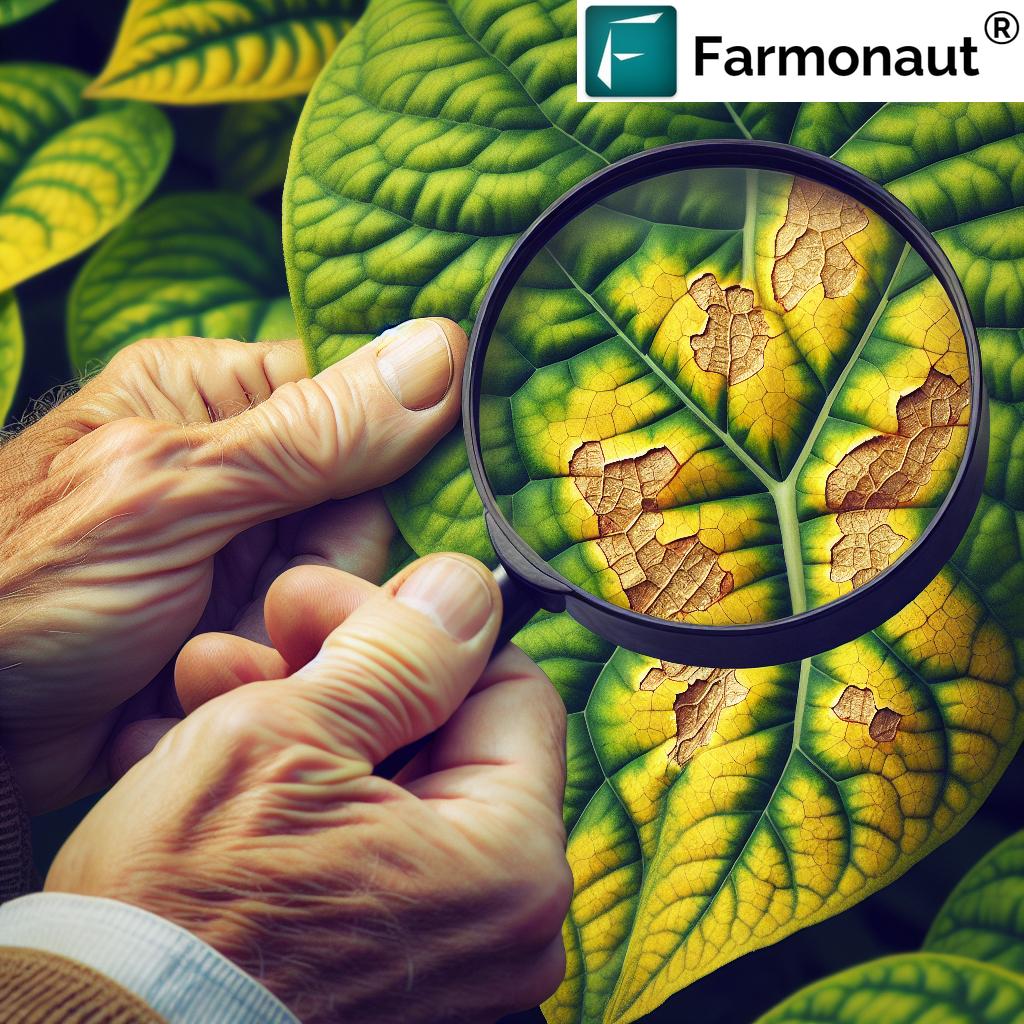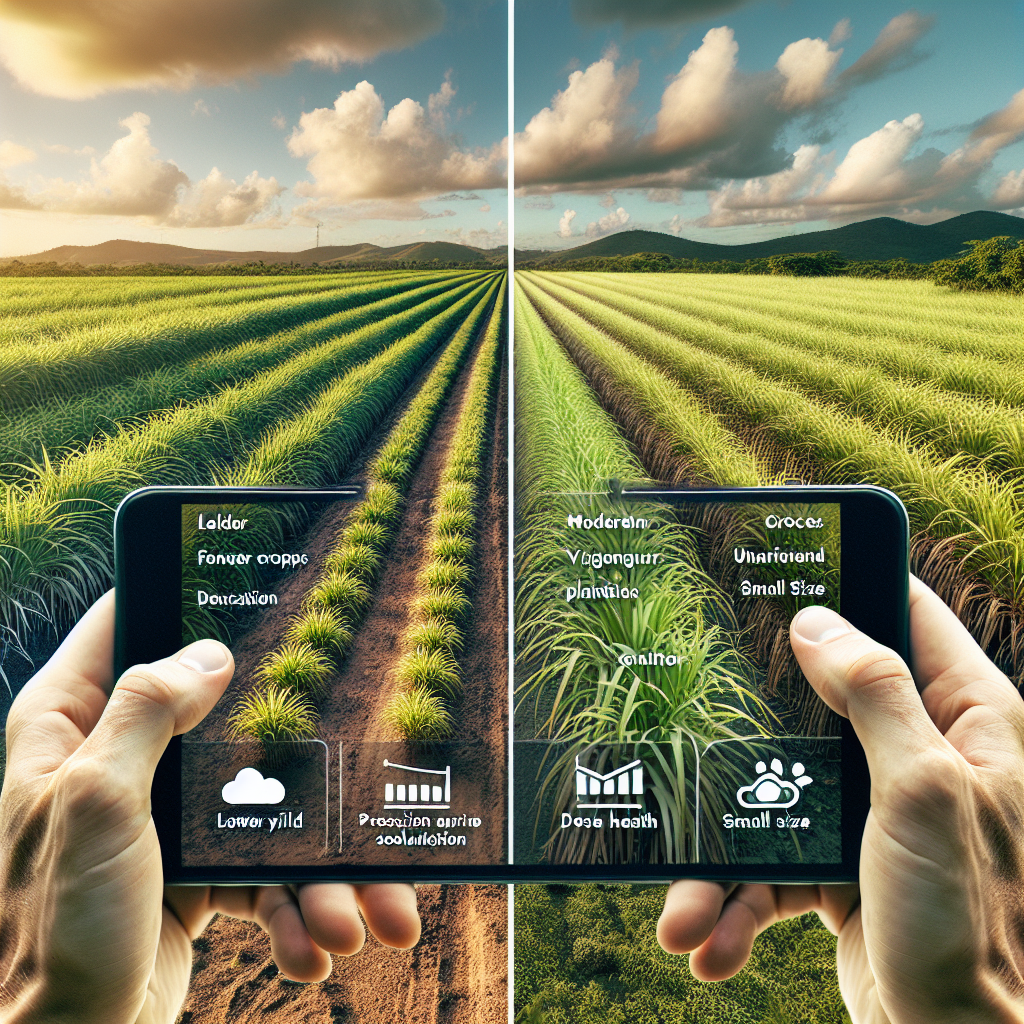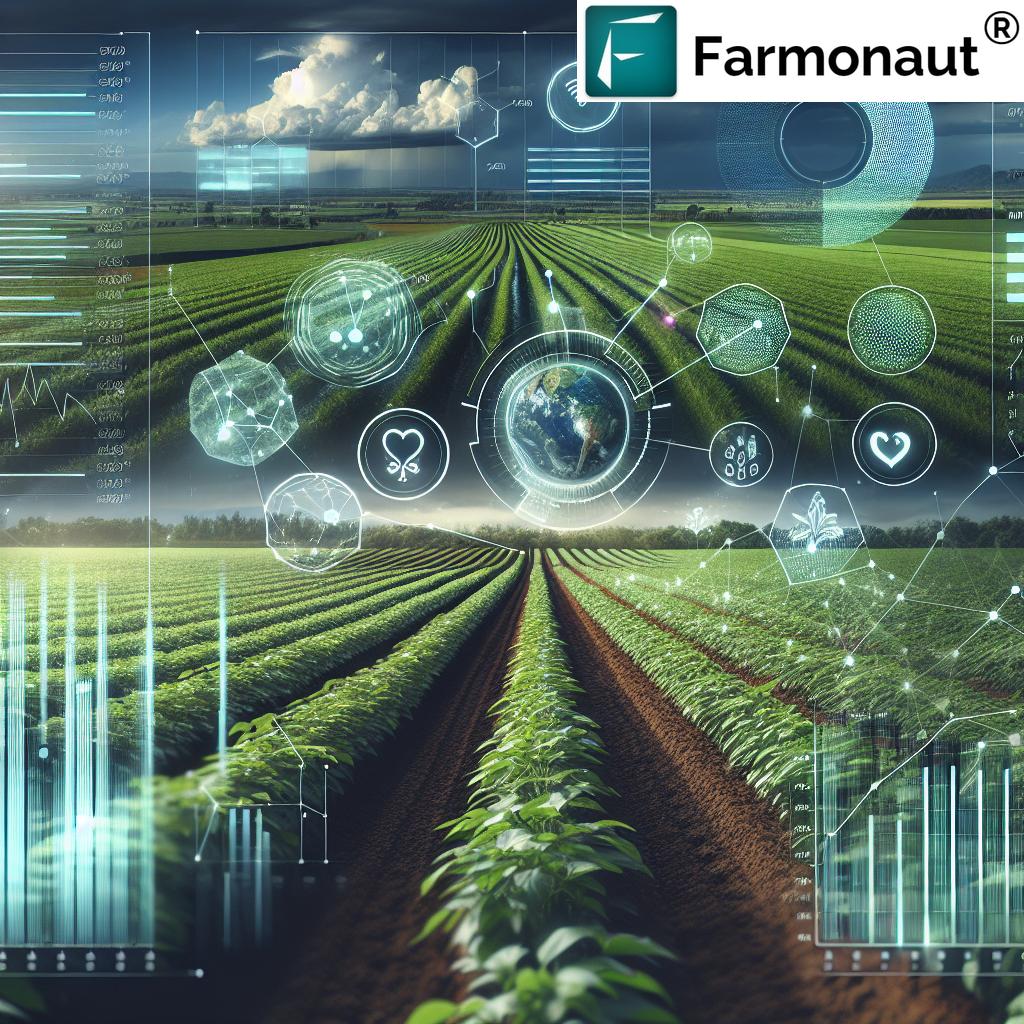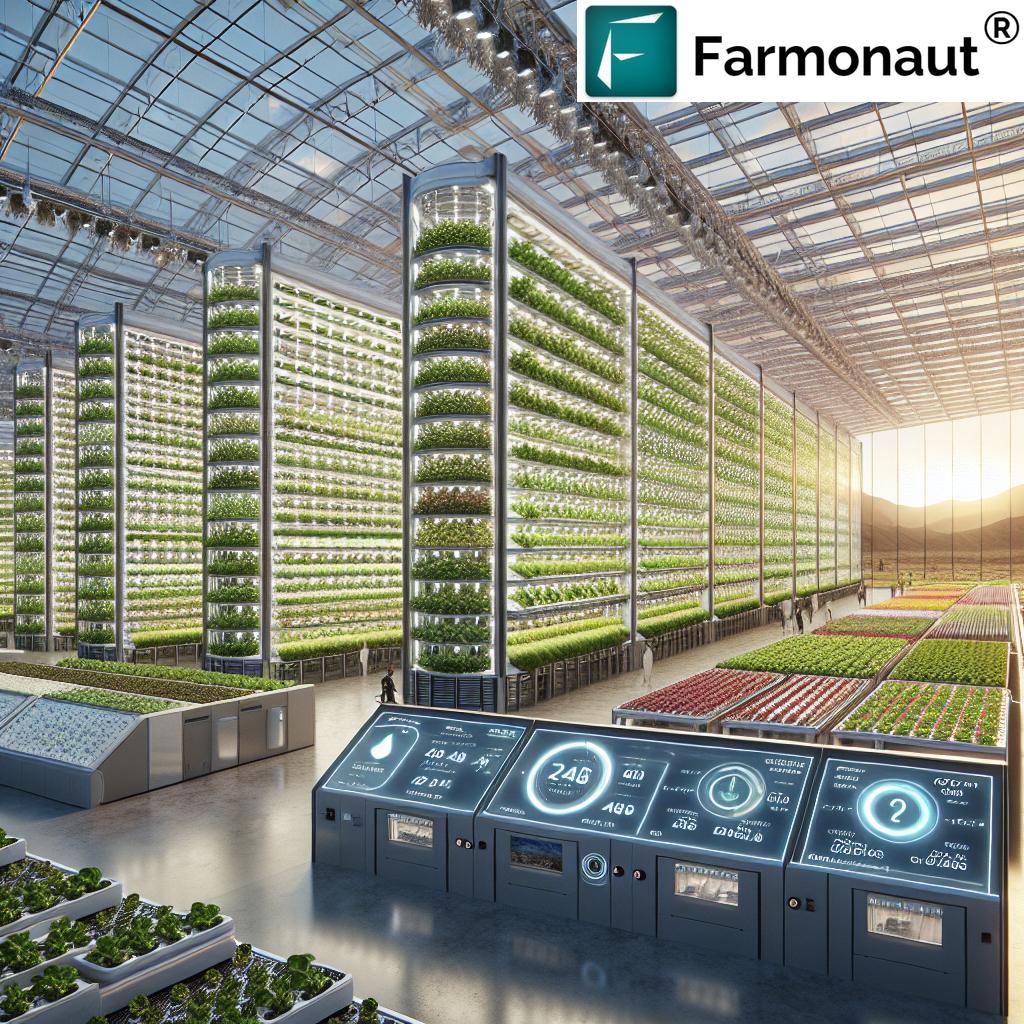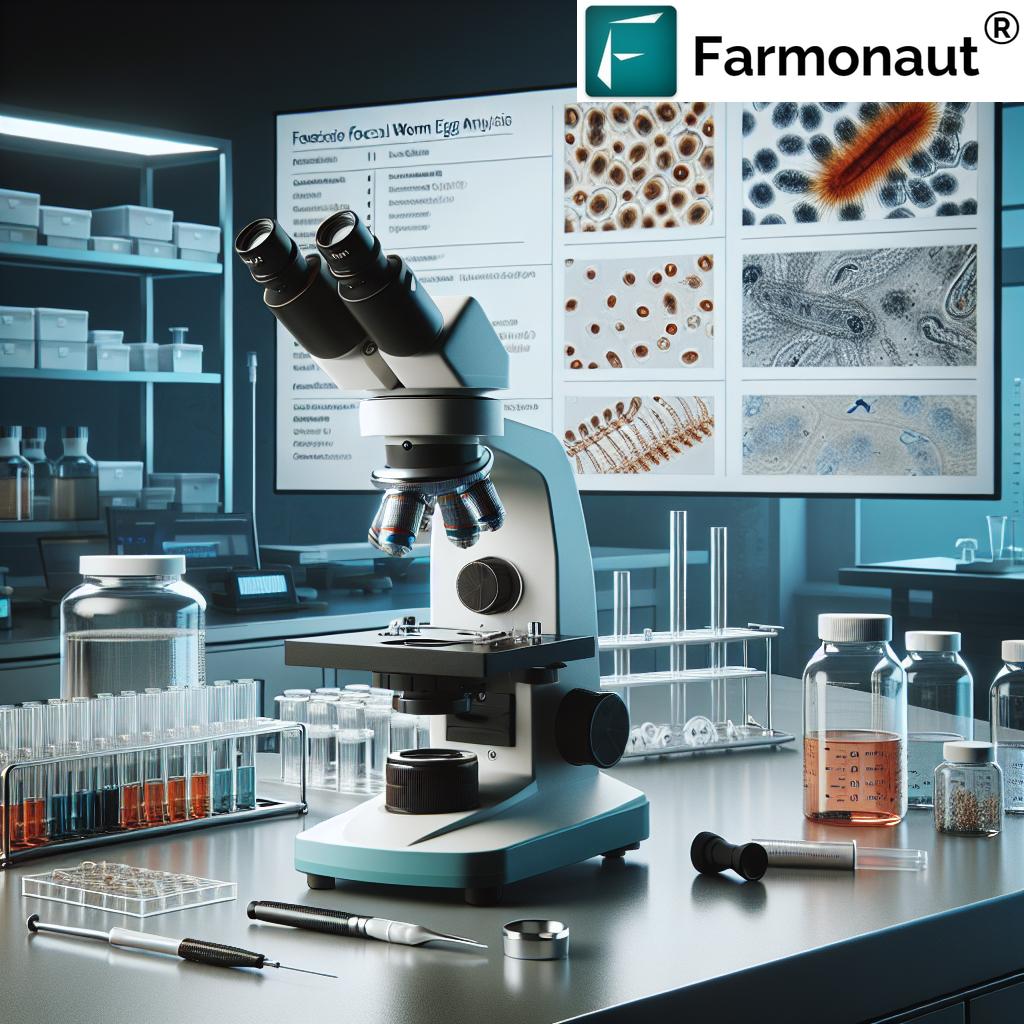Revolutionizing Australian Wine Exports: How GIS and Sustainable Practices Are Reshaping Viticulture
“Australian wine exports have grown by over 200% in the last two decades, largely due to sustainable practices and GIS technology.”
Welcome to the world of Australian wine, where tradition meets innovation, and sustainability drives global success. In this comprehensive guide, we’ll explore how Geographic Information Systems (GIS) and sustainable winegrowing practices are transforming the Australian wine industry, propelling it to new heights in the global market. From the sun-drenched vineyards of South Australia to the cool-climate regions of Tasmania, we’ll uncover the secrets behind Australia’s wine export revolution.
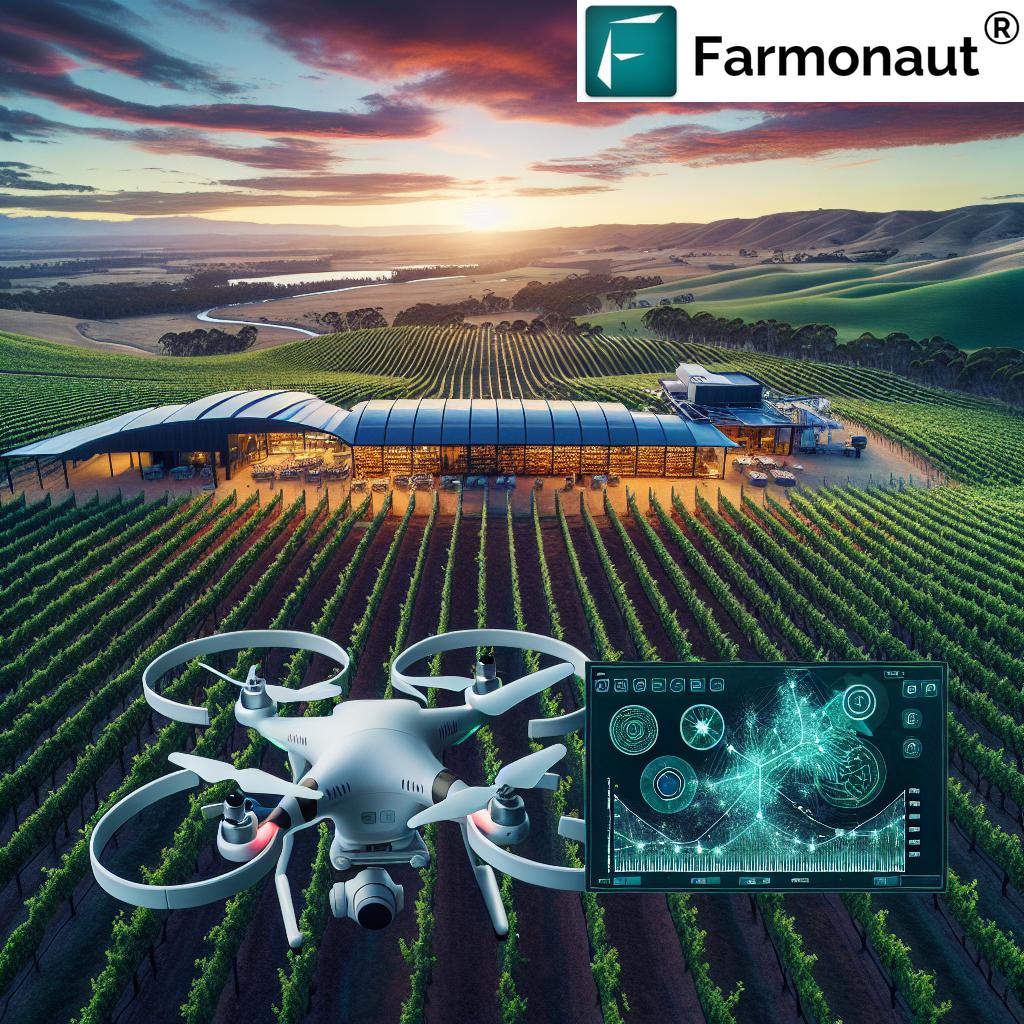
The Rise of Australian Wine Exports
Australian wine has become a global phenomenon, with exports reaching new heights year after year. This success story is rooted in a combination of factors:
- Innovative viticulture techniques
- Adoption of sustainable winegrowing practices
- Implementation of cutting-edge GIS technology
- Strategic market research and expansion
Let’s dive deeper into how these elements are revolutionizing the Australian wine sector.
GIS: The Game-Changer in Vineyard Management
Geographic Information Systems (GIS) have become an indispensable tool in modern viticulture. By leveraging satellite imagery and advanced mapping techniques, Australian winemakers are gaining unprecedented insights into their vineyards.
Farmonaut, a leading agricultural technology company, offers state-of-the-art satellite-based farm management solutions that are transforming the way vineyards are managed. Let’s explore how GIS and Farmonaut’s technology are reshaping Australian viticulture:
- Precision Vineyard Mapping: GIS allows for detailed mapping of vineyard terrain, soil types, and microclimates.
- Real-time Crop Health Monitoring: Satellite imagery provides up-to-date information on vine health and stress levels.
- Optimized Resource Allocation: Data-driven insights help winemakers make informed decisions about irrigation, fertilization, and pest management.
To better understand the impact of GIS on viticulture, let’s take a look at this comparison table:
| Aspect | Traditional Methods | GIS-Enabled with Farmonaut |
|---|---|---|
| Vineyard Monitoring | Manual field inspections | Real-time satellite imagery and AI-driven analysis |
| Pest & Disease Management | Reactive approach based on visible symptoms | Proactive identification of potential issues through early detection |
| Water Management | Uniform irrigation schedules | Up to 30% reduction in water usage through precision irrigation |
| Yield Prediction | Estimations based on historical data | 15% increase in yield accuracy predictions using AI and satellite data |
| Climate Change Adaptation | Limited ability to anticipate and respond to changes | Data-driven strategies for adapting to changing climate conditions |
As we can see, the integration of GIS technology, particularly through platforms like Farmonaut, offers significant advantages over traditional methods in various aspects of vineyard management.
For those interested in leveraging these advanced technologies, Farmonaut offers a range of solutions:
Sustainable Winegrowing Practices
Sustainability has become a cornerstone of Australian viticulture. Winegrowers across the country are adopting environmentally friendly practices that not only benefit the planet but also enhance the quality of their wines.
- Organic Wine Production: Many Australian vineyards are transitioning to organic farming methods, eliminating synthetic pesticides and fertilizers.
- Water Conservation: Drip irrigation systems and water recycling techniques are helping to reduce water usage in drought-prone regions.
- Biodiversity Promotion: Planting cover crops and maintaining wildlife corridors support ecosystem balance in vineyards.
- Emissions Reduction: Wineries are investing in renewable energy sources and implementing energy-efficient practices to reduce their carbon footprint.
These sustainable practices not only contribute to environmental conservation but also resonate with environmentally conscious consumers in global markets.
Wine Quality Control and Innovation
Australian winemakers are leveraging technology to ensure consistent quality across their production. Digital viticulture techniques are playing a crucial role in this process:
- Sensor Technology: Advanced sensors monitor grape ripeness, sugar levels, and acidity in real-time.
- AI-Powered Analysis: Machine learning algorithms analyze data to predict optimal harvest times and fermentation processes.
- Blockchain Traceability: Some wineries are implementing blockchain technology to ensure transparency and authenticity throughout the supply chain.
These innovations are helping Australian wines maintain their reputation for quality in competitive global markets.
Climate Change Impact and Adaptation
“Climate change has led to a 1.5°C increase in average vineyard temperatures across Australia’s wine regions over the past 30 years.”
The Australian wine industry is at the forefront of climate change adaptation. Rising temperatures and changing rainfall patterns are prompting winemakers to rethink their approaches:
- Varietal Selection: Planting heat-tolerant grape varieties and experimenting with new crosses.
- Canopy Management: Implementing techniques to protect grapes from excessive sun exposure.
- Vineyard Relocation: Some producers are moving to cooler regions or higher altitudes to maintain optimal growing conditions.
By embracing these adaptive strategies, Australian winemakers are ensuring the longevity and resilience of their industry in the face of climate challenges.

Pest and Disease Management in Vineyards
Effective pest and disease management is crucial for maintaining healthy vineyards and producing high-quality wines. Australian viticulturists are adopting integrated pest management (IPM) strategies that combine traditional knowledge with modern technology:
- Biological Control: Encouraging beneficial insects and microorganisms to naturally control pests.
- Precision Spraying: Using GIS and drone technology for targeted application of treatments, reducing overall chemical use.
- Disease Forecasting: Utilizing weather data and predictive models to anticipate and prevent disease outbreaks.
These approaches not only protect vine health but also align with sustainable winegrowing practices, enhancing the marketability of Australian wines in environmentally conscious markets.
Wine Market Research and Global Expansion
The success of Australian wine exports is largely attributed to comprehensive market research and strategic global expansion. Key focus areas include:
- Emerging Markets in Asia: Tailoring wine styles and marketing strategies to suit the preferences of consumers in China, Japan, South Korea, and Southeast Asian countries.
- Established Markets in Europe and North America: Maintaining strong relationships while differentiating Australian wines through unique terroir expressions and innovative blends.
- Digital Marketing: Leveraging social media and e-commerce platforms to reach younger wine consumers and facilitate direct-to-consumer sales.
Australian wine exporters are also navigating complex wine labelling regulations and addressing exporting challenges unique to each market.
Regional Wine Development and Popular Varieties
Australia’s diverse climate and geography have given rise to distinct wine regions, each producing unique styles and varietals:
- Barossa Valley: Known for bold Shiraz and Grenache
- Margaret River: Renowned for premium Cabernet Sauvignon and Chardonnay
- Hunter Valley: Famous for its Semillon and Shiraz
- Tasmania: Emerging as a top producer of cool-climate Pinot Noir and sparkling wines
These regional specialties are gaining recognition in international markets, contributing to the diverse portfolio of Australian wine exports.
Wine Tourism: Boosting the Industry
Wine tourism plays a significant role in promoting Australian wines and supporting regional economies. Innovative approaches include:
- Virtual Cellar Door Experiences: Offering online tastings and tours to reach international audiences
- Eco-Wine Tours: Showcasing sustainable practices and organic vineyards
- Food and Wine Pairing Events: Collaborating with local chefs to highlight regional cuisine alongside wines
These initiatives not only drive direct sales but also create brand loyalty and enhance the global reputation of Australian wines.
Bulk Wine Shipping and Blending Techniques
To meet diverse market demands and optimize costs, Australian wine exporters are innovating in bulk wine shipping and blending:
- Flexitanks: Using flexible containers for cost-effective bulk wine transport
- In-Market Blending: Tailoring wine blends to suit specific market preferences
- Quality Control: Implementing strict protocols to maintain wine quality during bulk shipping and blending processes
These practices allow for greater flexibility in meeting international market demands while maintaining the quality and integrity of Australian wines.
The Role of AgTech in Modern Wineries
Agricultural technology, or AgTech, is revolutionizing the way wineries operate. Farmonaut’s advanced solutions are at the forefront of this transformation:
- Satellite-Based Crop Monitoring: Real-time insights into vineyard health and productivity
- AI-Driven Advisory Systems: Personalized recommendations for vineyard management
- Blockchain Traceability: Ensuring transparency from grape to glass
- Resource Management Tools: Optimizing water and energy usage in wineries
For wineries looking to leverage these cutting-edge technologies, Farmonaut offers comprehensive solutions. Learn more about their API and check out their API Developer Docs for integration options.
Emissions Reduction in Winemaking
The Australian wine industry is committed to reducing its environmental impact. Key initiatives include:
- Energy-Efficient Equipment: Investing in modern, low-energy winemaking machinery
- Renewable Energy Adoption: Installing solar panels and wind turbines at wineries
- Carbon Offsetting Programs: Participating in reforestation and other carbon sequestration projects
- Sustainable Packaging: Using lightweight bottles and eco-friendly materials
These efforts not only reduce the industry’s carbon footprint but also appeal to environmentally conscious consumers in global markets.
The Future of Australian Wine Exports
As we look to the future, the Australian wine industry is poised for continued growth and innovation. Key trends to watch include:
- Increased Focus on Sustainability: Further adoption of organic and biodynamic practices
- Technological Integration: Greater use of AI, IoT, and blockchain in wine production and marketing
- Expansion into New Markets: Targeting emerging wine-consuming countries in Southeast Asia and beyond
- Climate Resilience: Ongoing research and adaptation strategies to address climate change challenges
With its commitment to innovation, sustainability, and quality, the Australian wine industry is well-positioned to maintain its leadership in the global wine market.
Conclusion
The Australian wine industry’s embrace of GIS technology, sustainable practices, and innovative marketing strategies has propelled it to the forefront of the global wine market. By leveraging advanced solutions like those offered by Farmonaut, winemakers are enhancing their ability to produce high-quality wines while adapting to environmental challenges.
As we raise a glass to the future of Australian wine, we celebrate not just the rich flavors and aromas in our cups, but also the ingenuity, sustainability, and passion that go into every bottle. The revolution in Australian wine exports is not just about selling more wine; it’s about crafting a more sustainable, technologically advanced, and globally competitive industry that will continue to thrive for generations to come.
FAQ Section
- How is GIS technology improving Australian viticulture?
GIS technology enables precise vineyard mapping, real-time crop health monitoring, and optimized resource allocation, leading to improved wine quality and sustainable practices. - What are some key sustainable practices in Australian winegrowing?
Key practices include organic wine production, water conservation techniques, biodiversity promotion, and emissions reduction in winemaking processes. - How are Australian winemakers adapting to climate change?
They are planting heat-tolerant grape varieties, implementing advanced canopy management techniques, and in some cases, relocating vineyards to cooler regions or higher altitudes. - What role does wine tourism play in the Australian wine industry?
Wine tourism boosts direct sales, enhances brand loyalty, and contributes significantly to regional economies while promoting Australian wines globally. - How is AgTech transforming Australian wineries?
AgTech solutions like Farmonaut’s satellite-based monitoring and AI-driven advisory systems are revolutionizing vineyard management, improving efficiency and wine quality.










